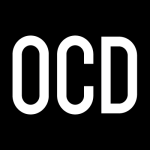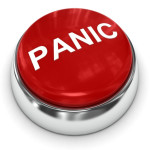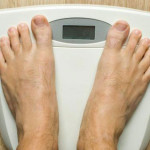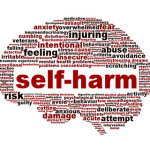
Obsessive-Compulsive Disorder (OCD) is one of many anxiety disorders that have been identified. OCD involves irrational, frightening, worrisome thoughts and the excessive repetition of behaviors to address the thoughts, anxiety and fear. OCD behaviors disrupt normal functioning in life, making it hard to hold down a job, maintain relationships and other important tasks and functions […]
 Call Today! (800) 910-9299
Call Today! (800) 910-9299














